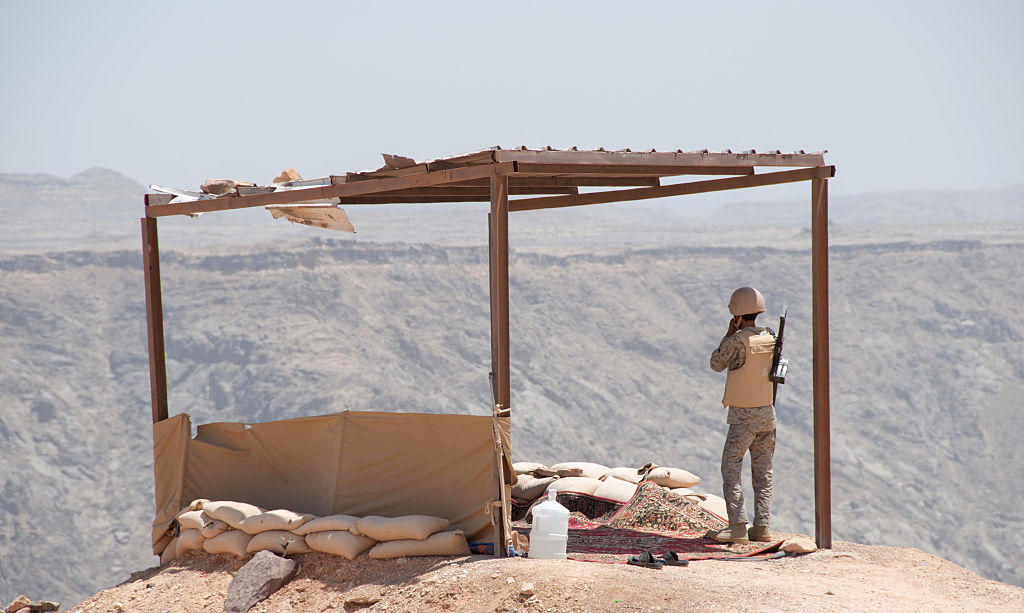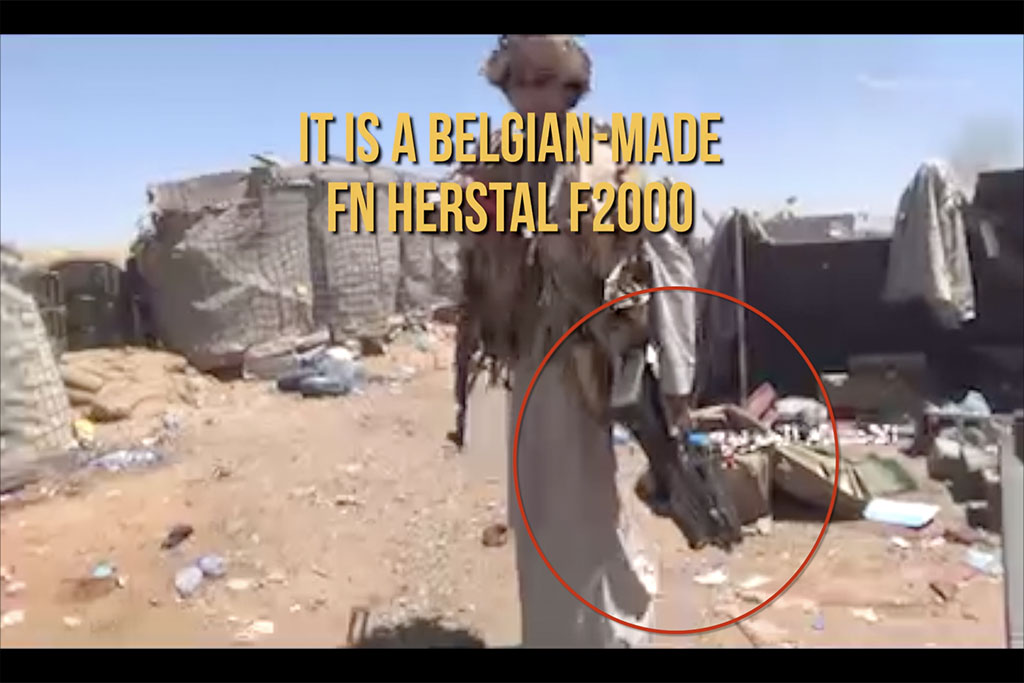Belgian Arms
Belgium sells air power to Saudis and ‘cop killer’ guns Mexico cartels
A set of regulations is in place for European Union countries wanting to export arms. Those rules have been agreed upon by EU member states and Belgium, the de facto capital of the EU and its administrative heart, claims that it follows them to the letter. Our investigation, however, put that expressed commitment to the test and found that, in fact, Belgium is far from compliant with its own rules. Belgian-made weapons have cropped up in the hands of repressive regimes and criminal organisations. For instance, military equipment exported by Belgium to Saudi Arabia is being widely used in the ongoing conflict in Yemen. Light armoured army vehicles sold to Bahrain were used to bloodily suppress peaceful demonstrations in the spring of 2011 and exports have continued since then. And small arms produced by FN Herstal, the Walloon state-owned arms producer – including the infamous armour-piercing ‘cop killer’ guns – are arming Mexican drug cartels.
METHODS
Our key strategies in this investigation were the analysis of paper trails and the unearthing of open-source data. Initial leads were based on official reports published by Belgium’s regional governments and sent to the country’s Parliament, the organisation of the Arms Trade Treaty, which regulates the international trade in conventional weapons, and the European Commission.
These documents helped us identify the most questionable destinations for Belgian arms. The next step involved using open-source intelligence to prove the use of those weapons by repressive regimes.
A vital source for us were videos from the Yemeni war which are posted daily on social media. Both the Saudi authorities and the Houthi rebels use official social media accounts to report on the fighting. For the public throughout the region social media is popular and has proved to be an effective medium for propaganda on all sides in the conflict. In Saudi Arabia, Twitter is a very powerful medium. While Facebook is the popular platform in Yemen. Apart from propaganda, they have helped us identify locations, weapons and specific units.
STORYLINES
How the tweet of a proud Saudi father embarrassed the Walloon government:
Immediately prior to the war in Yemen, the government of Wallonia, one of Belgium’s three regions, granted a license for a Belgian company for a multi-million-dollar deal to deliver turrets for Saudi Light Armored Vehicles (LAV). The deal was signed with Canada, though the final destination for the arms was Saudi Arabia. Although the LAVs were destined for the Saudi Arabia’s National Guard (SANG), Belgian authorities argued that this did not pose a problem as the SANG was not involved in the Yemen war.
Our findings proved them wrong: The SANG is involved in the conflict and on Yemen soil in fact.
The evidence we found included a tweet by a proud father, who shared a Snapchat update of his son, the spokesperson of the SANG, apparently in Yemen.
The revelations deeply resonated in the public and political debate in Belgium. Alexander De Croo, then vice premier, expressed indignation, calling for the exports to stop. . And the minister-president of the Walloon region, home of FN Herstal, promised to investigate the findings and take any necessary steps.
Amnesty International was among the NGOs that requested a parliamentary inquiry into the legality of the deals that we investigated. And in September 2019 a group of Belgian NGOs issued a press release explaining their decision to sue the Walloon government. After trying to get access to official documents on licenses granted for arms exports, they contested the legality of certain permits, given the risk of the weapons ending up in Yemen.
Their intervention, prompted by our investigation, had an impact: the Belgian Council of State suspended several Walloon export permits to Saudi Arabia.
To keep up to date with Lighthouse investigations sign up for our monthly newsletter
The Impact
Our investigations don’t end when we publish a story with media partners. Reaching big public audiences is an important step but these investigations have an after life which we both track and take part in. Our work can lead to swift results from court cases to resignations, it can also have a slow-burn impact from public campaigns to political debates or community actions. Where appropriate we want to be part of the conversations that investigative journalism contributes to and to make a difference on the topics we cover. Check back here in the coming months for an update on how this work is having an impact.



